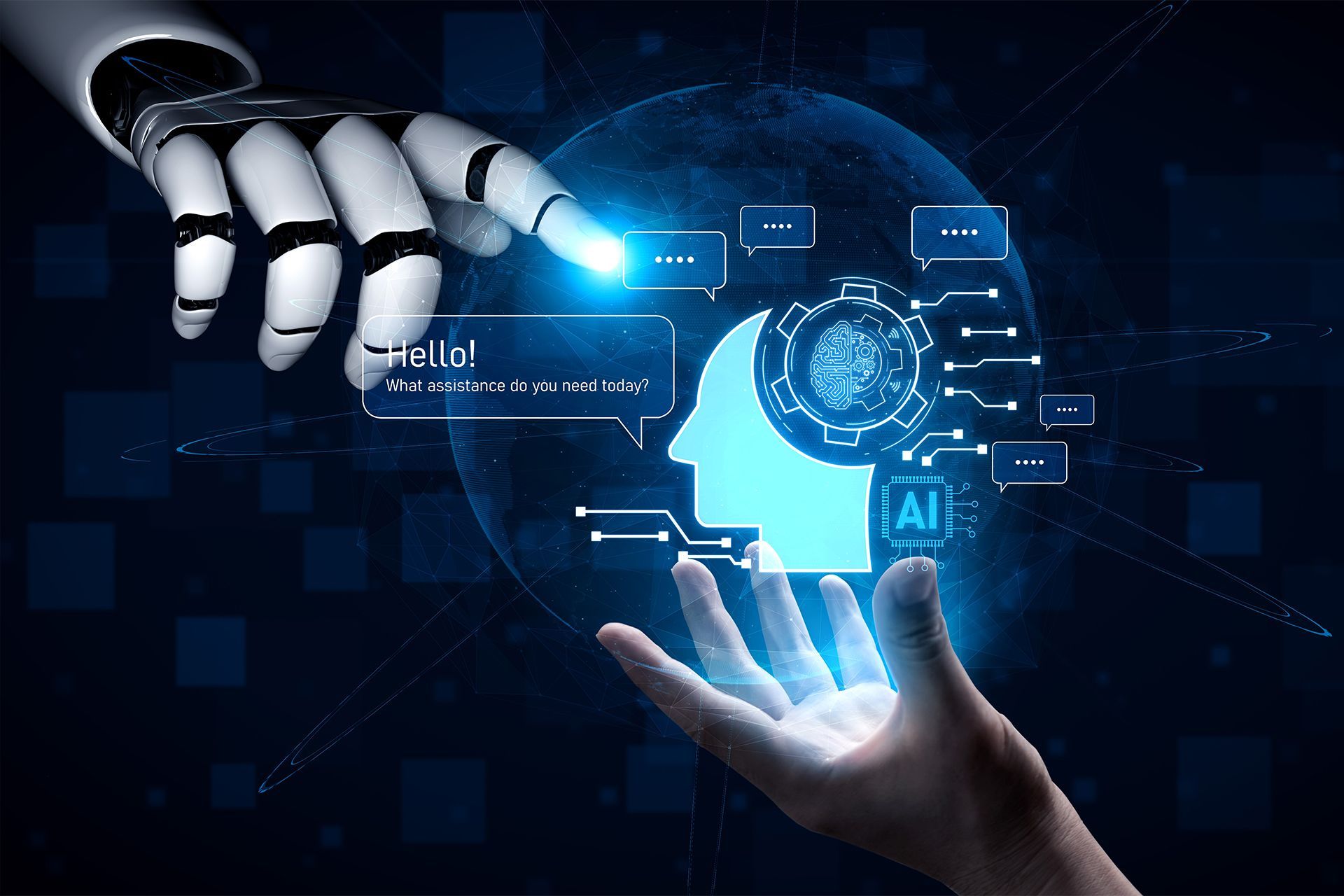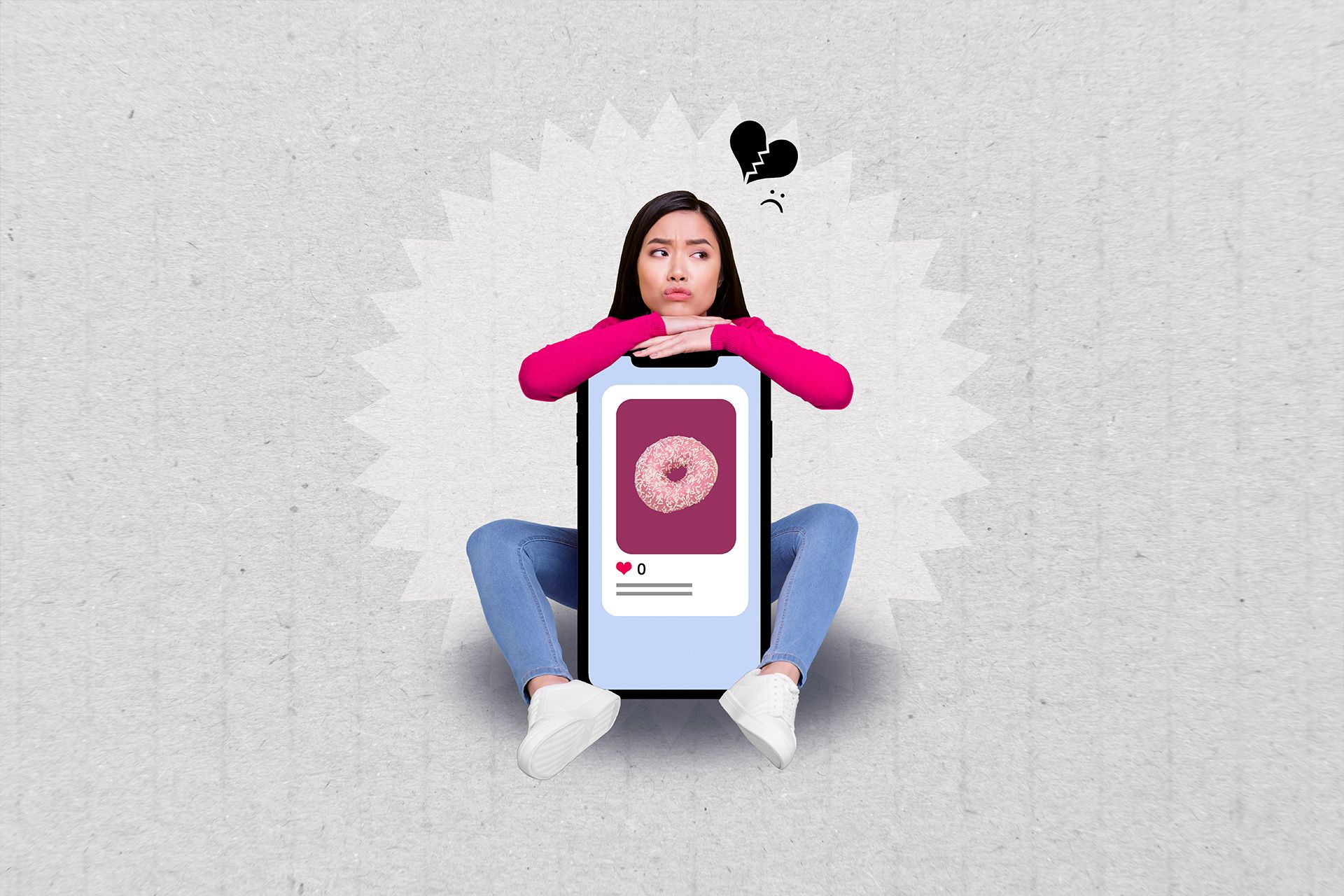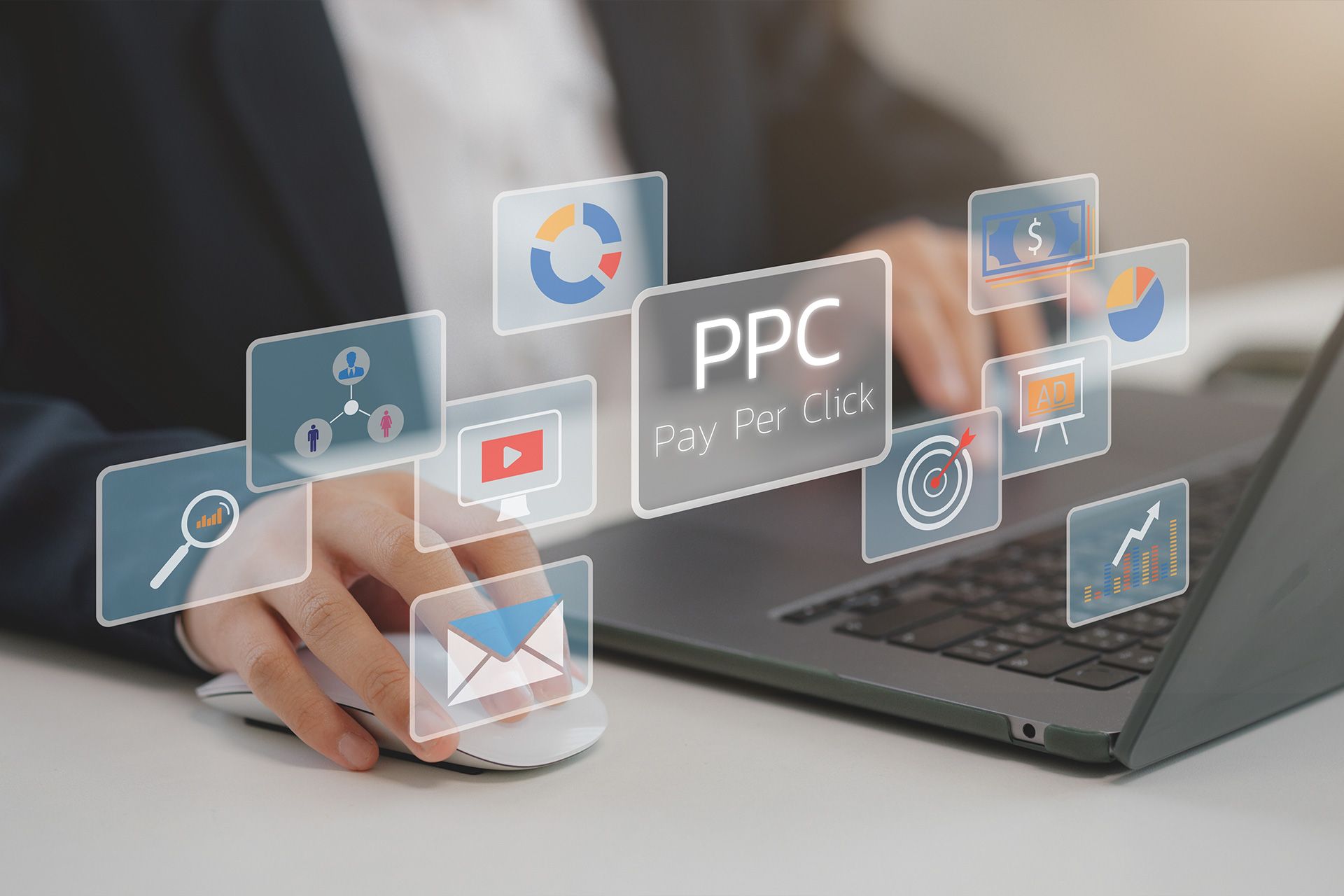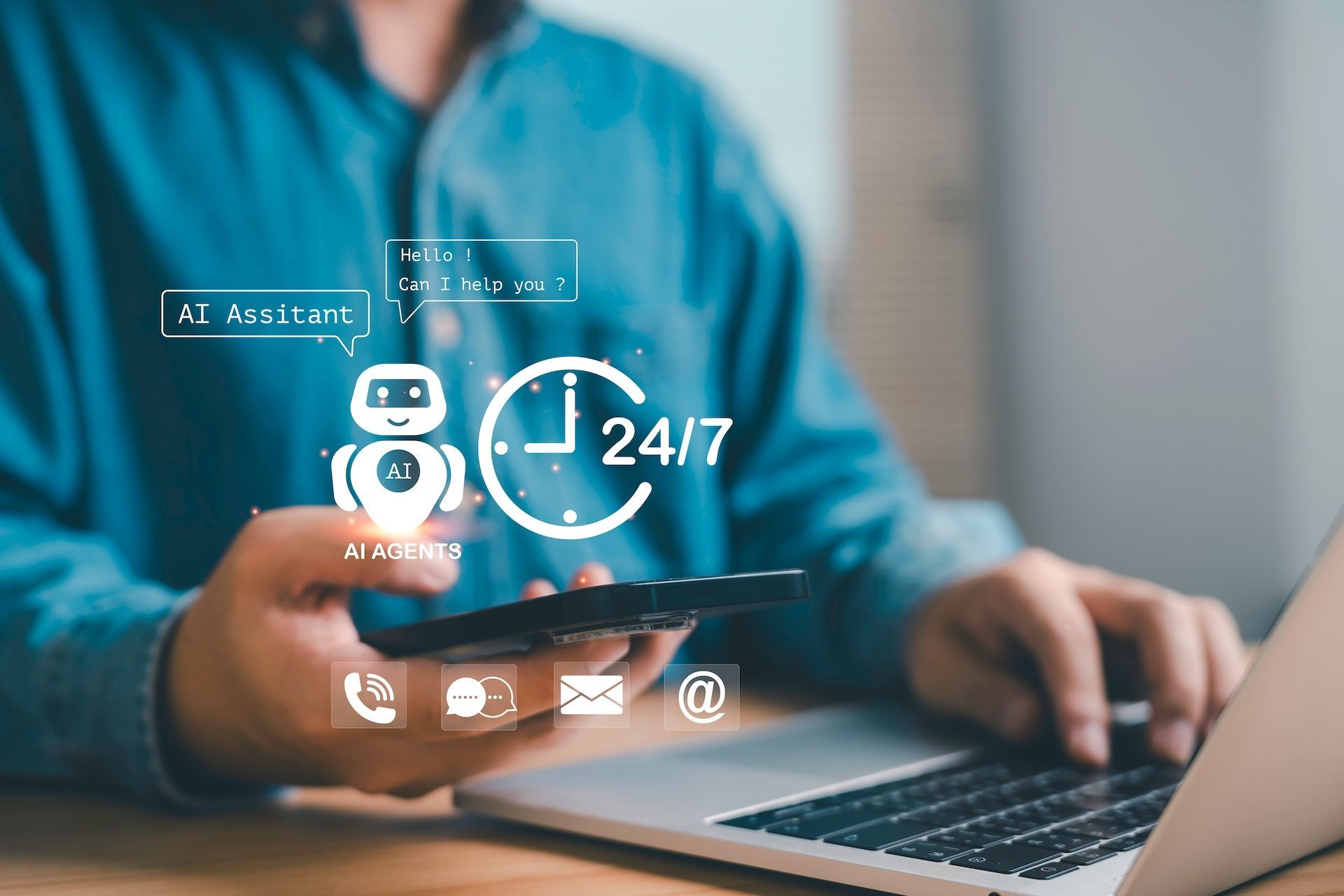14 Real Chatbot Examples: Inspiration for 2025
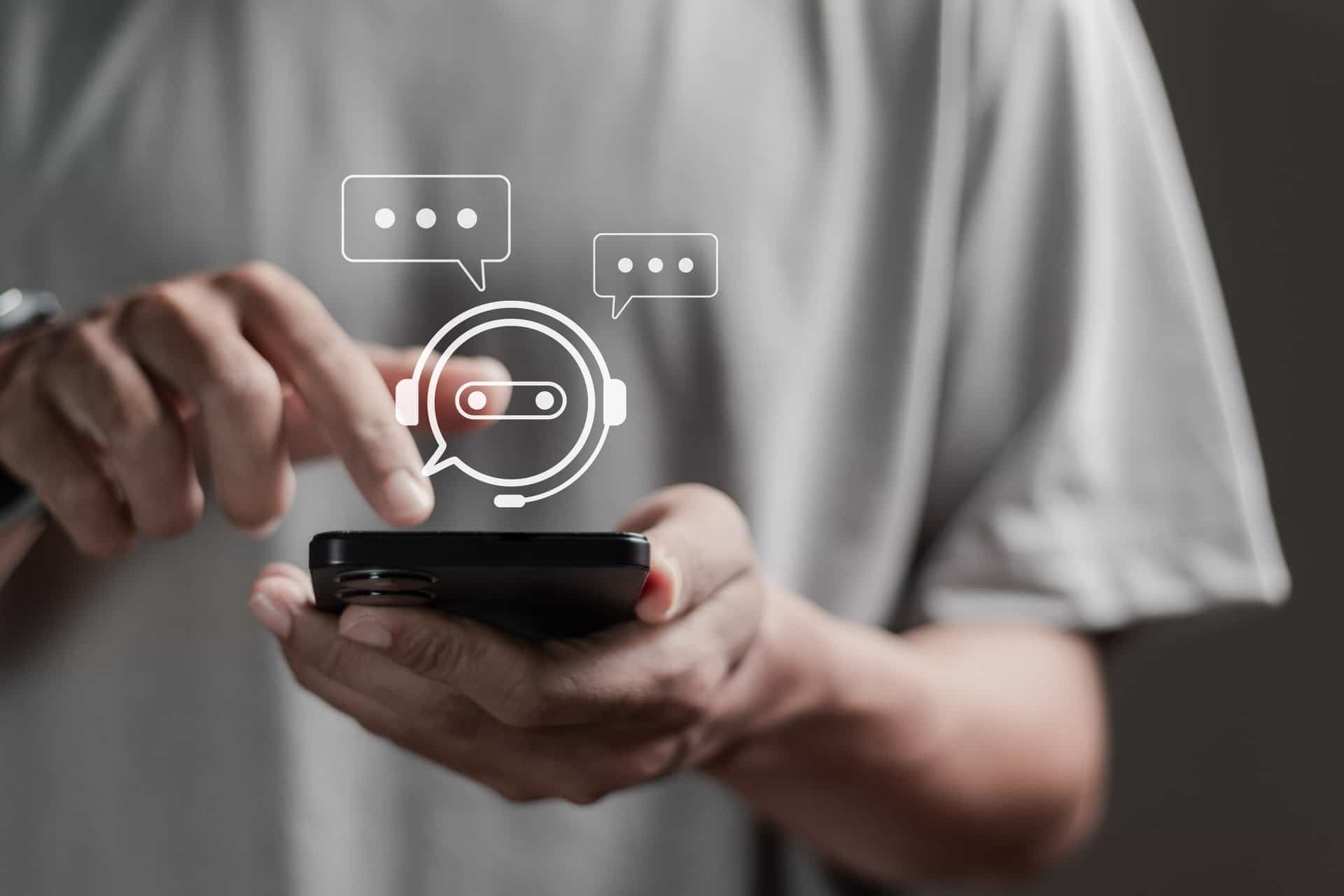
Chatbots have advanced significantly in the past few years. In 2025, they will be more advanced than ever, capable of handling everything from
24/7 customer support to
lead generation. If you want to implement a chatbot or improve your current one, taking inspiration from real-world examples can give you a head start.
Here are 14 chatbot examples to spark your imagination and show you what's possible in 2025.
1. ChatGPT by OpenAI
ChatGPT is one of the most advanced chatbots available today. It's known for its ability to understand complex language and respond with highly accurate answers. Many companies use it to improve customer support, allowing them to answer real-time questions. Its versatility makes it a top choice for businesses across industries.
2. Landbot for Interactive Conversations
Landbot focuses on creating engaging, interactive conversations with users. The chatbot is often used in marketing campaigns where customer engagement is critical. With a drag-and-drop interface, businesses can design conversational flows that help convert leads and increase customer satisfaction.
3. Duolingo Chatbot for Language Learning
Duolingo chatbot helps users practice new languages by engaging them in honest conversations. The chatbot provides hints and guidance as users progress, making language learning fun and interactive. This is an excellent example of how chatbots can be used for education and skill-building.
4. Chatfuel for Facebook Messenger
Chatfuel allows businesses to build chatbots specifically for Facebook Messenger without coding knowledge. It's a favorite for small businesses and startups looking to automate customer interactions, drive sales, and boost lead generation. By integrating features like targeted messaging and data collection, businesses can effectively capture and nurture leads. This chatbot example demonstrates how easy it is to create a functional bot that enhances customer engagement and supports growth with limited resources.
5. H&M's Chatbot for Fashion Recommendations
H&M's chatbot helps customers find the perfect outfit by asking about their style preferences. Based on the answers, it suggests products available in their online store. It's a great example of a chatbot that provides personalized shopping experiences.
6. Domino's Pizza Bot for Ordering
Domino's has made ordering pizza incredibly easy with its chatbot. Customers can order directly through the chatbot by simply typing in their preferences. The chatbot also updates users' order status, enhancing the customer experience. In addition to facilitating orders, the chatbot provides
customer support by answering questions, resolving issues, and offering assistance with menu options, ensuring a seamless and satisfying interaction for every customer.
7. Sephora's Virtual Assistant for Beauty Advice
Sephora's chatbot gives personalized beauty recommendations based on users' needs. It even allows users to try on makeup virtually using augmented reality. This chatbot enhances the shopping experience by combining artificial intelligence with beauty expertise.
8. KLM Royal Dutch Airlines for Flight Information
KLM's chatbot on Facebook Messenger helps customers with flight information, booking confirmations, and even boarding passes. It's a great example of how chatbots can assist travelers by providing quick and easy access to essential information.
9. Whole Foods Recipe Bot for Cooking Ideas
Whole Foods uses a chatbot to suggest recipes based on user preferences. By asking questions about dietary restrictions, ingredients on hand, and meal types, the bot tailors its recommendations to meet the customer's needs. This chatbot makes meal planning more straightforward and more fun.
10. Bank of America's Erica for Financial Services
Erica, Bank of America's virtual financial assistant, helps customers manage their accounts, track spending, and even pay bills. It's a great example of how chatbots can handle more complex tasks like financial management, making it easier for users to stay on top of their finances. Additionally, Erica provides analytics & insights on spending patterns, helping customers identify trends and make informed financial decisions. This combination of functionality and personalized feedback enhances user engagement and empowers customers to take control of their financial well-being.
11. Spotify's Chatbot for Music Recommendations
Spotify's chatbot helps users discover new music based on their listening habits. It offers personalized playlists and responds to specific music-related questions. This chatbot shows how AI can create personalized experiences in the entertainment industry.
12. Amtrak's Julie for Travel Booking
Amtrak's chatbot, Julie, helps customers book tickets, check train schedules, and even provide information about trip disruptions. The chatbot has made travel planning more convenient, allowing users to manage their journeys without speaking to an agent.
13. eBay ShopBot for Finding Deals
eBay's ShopBot helps users find the best deals on products they're interested in buying. By asking questions about their preferences and budget, the bot narrows the options to recommend the best products. This chatbot enhances the shopping experience by simplifying the search process.
14. ChatARM for Real-Time Lead Qualification
ChatArm is an AI-powered chatbot explicitly designed for businesses that want to
qualify leads in real time. By asking relevant questions and providing instant responses, it helps sales teams identify high-quality leads faster. Moreover, ChatArm offers
Scheduling and Appointments features, allowing potential customers to easily book consultations or meetings directly through the chatbot. Additionally, ChatArm provides
AI-driven 24/7 customer support, ensuring that customers always receive timely assistance. This combination makes ChatArm a game-changer for companies looking to streamline their lead-generation process and enhance customer engagement.
Conclusion
These 14 chatbot examples highlight the wide range of business possibilities in 2025. Whether you need a chatbot for
24/7 customer service, sales, or even personal shopping, there's a solution for every industry. If you want to implement a chatbot that will drive results, consider taking inspiration from these examples.
Ready to elevate your business with AI-powered chatbots? Try
ChatARM today!
Disclaimer: The information on this website and blog is for general informational purposes only and is not professional advice. We make no guarantees of accuracy or completeness. We disclaim all liability for errors, omissions, or reliance on this content. Always consult a qualified professional for specific guidance.

